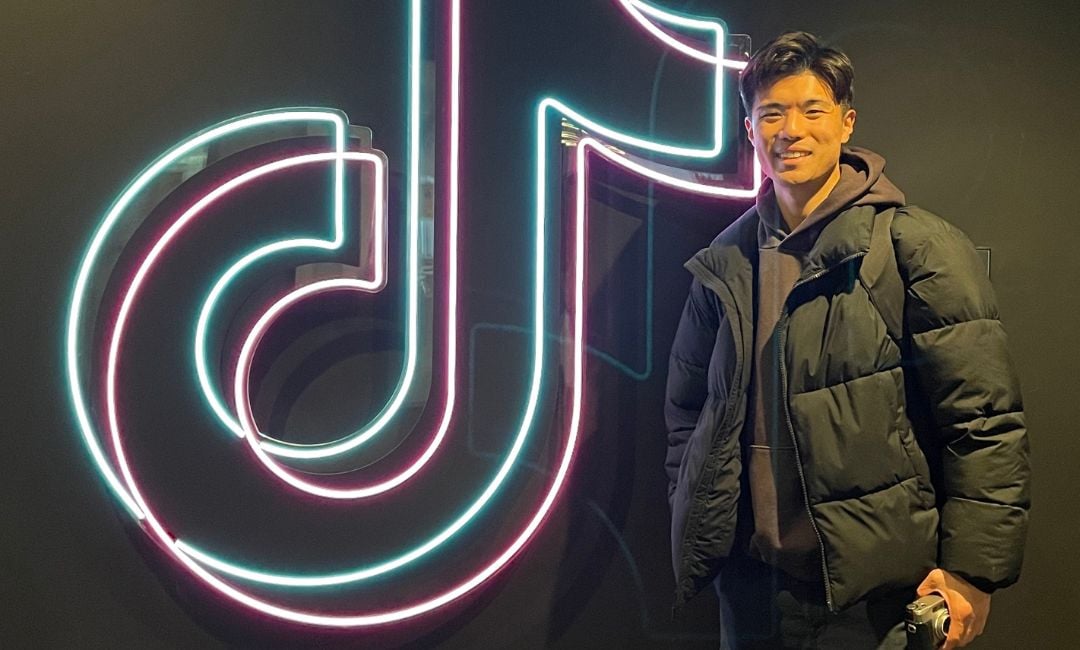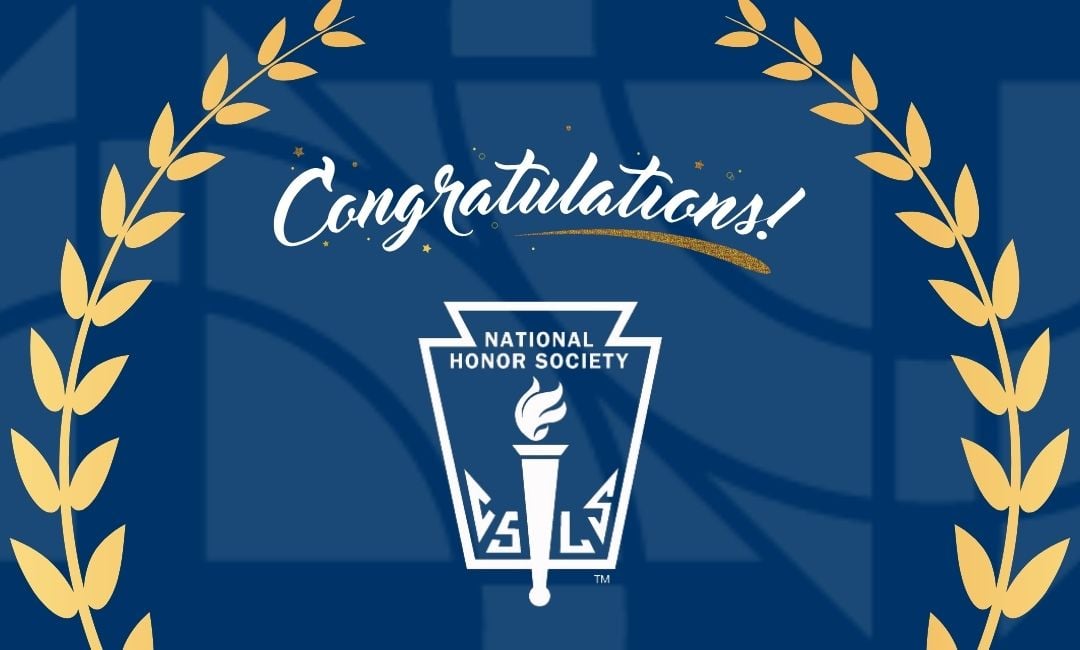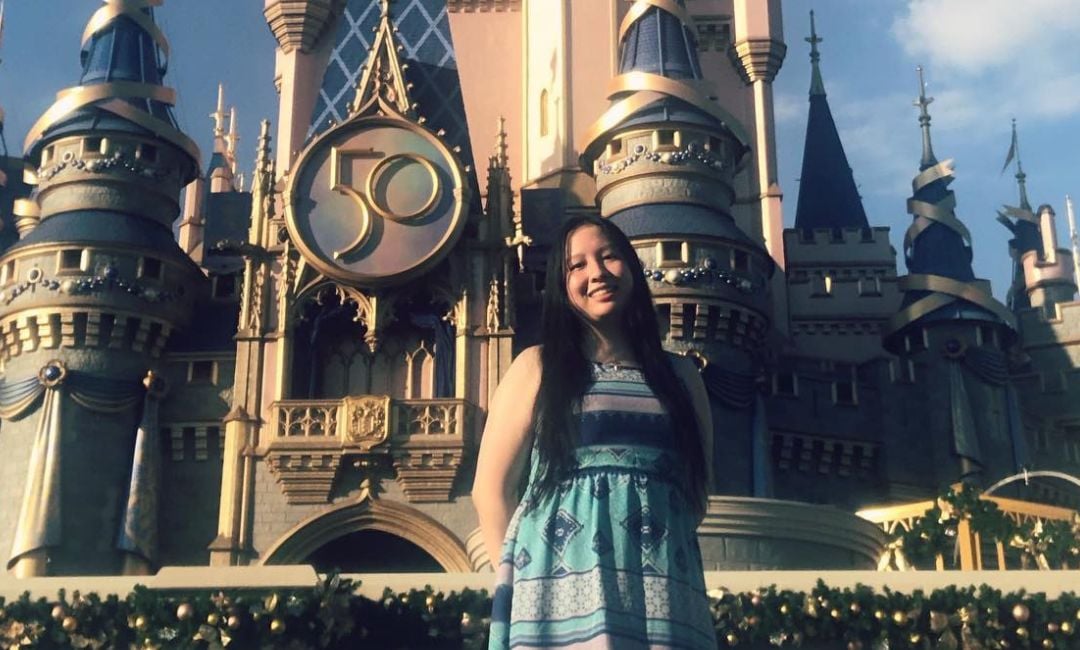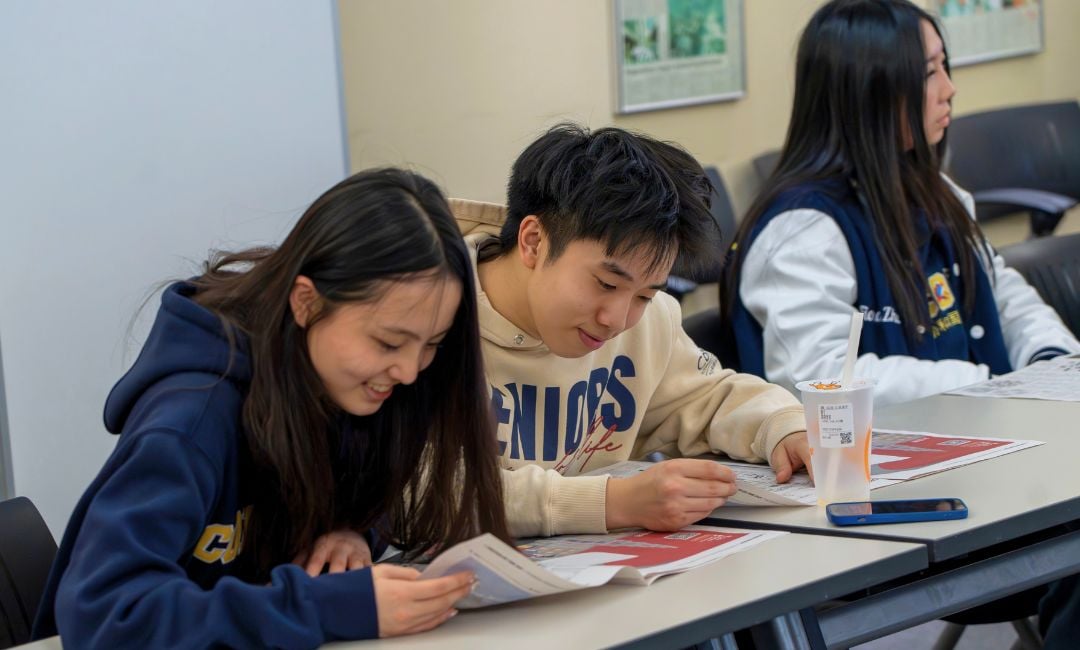Life is fundamentally relational. This understanding is key to the teaching profession. The first priority we K-12 teachers have is to establish a positive relationship with all of our students. Our challenge is to prepare our students for a life of learning, growth, and collaboration in both formal and informal settings. We seek to guide our charges toward success while becoming insightful and conscientious citizens of the world. To accomplish this task, we teach content and skills, model behaviors, and employ instructional strategies and tools that maximize the teaching/learning process and foster the teacher-student relationship.
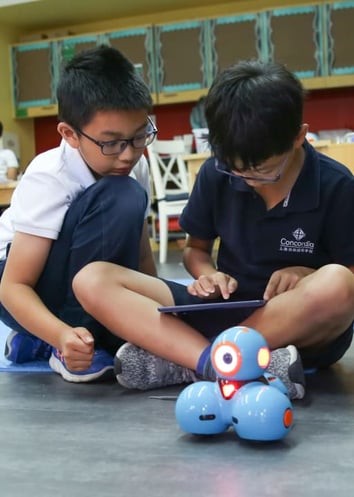 One means through which we build effective relationships while modeling lifelong learning is mastering the educational tools that are most engaging and effective for the task. Education Technology, or Ed Tech, is a subset of these tools. As with other tools, the focus must not be on the implement itself but rather on the task being accomplished. As Dr. Heidi-Hayes Jacobs, master of curriculum design, reminds us, “Teachers need to integrate technology seamlessly into the curriculum instead of viewing it as an add-on, an afterthought, or an event.” There really are times when a pencil and paper are the best tools for the purpose. At other times using Ed Tech tools that make possible the building and analyzing of data sets, constructing and programing of robots, or the crafting of virtual worlds are the best tools.
One means through which we build effective relationships while modeling lifelong learning is mastering the educational tools that are most engaging and effective for the task. Education Technology, or Ed Tech, is a subset of these tools. As with other tools, the focus must not be on the implement itself but rather on the task being accomplished. As Dr. Heidi-Hayes Jacobs, master of curriculum design, reminds us, “Teachers need to integrate technology seamlessly into the curriculum instead of viewing it as an add-on, an afterthought, or an event.” There really are times when a pencil and paper are the best tools for the purpose. At other times using Ed Tech tools that make possible the building and analyzing of data sets, constructing and programing of robots, or the crafting of virtual worlds are the best tools.
Ed Tech tools are worth mastering for the purposes of building relationships and educating young minds. These tools can be employed in powerful ways to create applied learning opportunities. In my role as a tech coach at Concordia International School Shanghai, I see numerous examples of how teachers incorporate Ed Tech tools in authentic and purposive ways that enhance student learning.
Three Examples of How Concordia Students are Using Tech to Bolster Learning
- Take high school Big Data class for instance. Here the students participate in the collection and analysis of real-life data sets, such as the school’s air quality index (AQI) measurements. They collect AQI readings from around campus, analyze the data and present their findings to stakeholders.
- In Synthetic Biology students become the scientists rather than simply learning science facts. They pose questions, formulate possible solutions, and conduct tests to see whether or not their solutions work in the real world. Students use computer models that predict the likely success of their solutions, and they share their results with experts in the field through both remote and live conferencing.
- In Aerospace Engineering students build, test, and fly unmanned aerial vehicles (UAVs). The important thing to note, is that the digital devices, the software, the models, the UAVs are simply the tools. The research, problem solving and collaboration are the methods through which students acquire and apply real-world experience.
These three examples highlight the necessity of intellectual flexibility, creative problem solving, and collaboration. These are the essential skills of our current age. Alvin Toffler, sociologist and futurist, is quoted as saying, “The illiterate of the 21st century will not be those who cannot read and write, but those who cannot learn, unlearn, and relearn.” K-12 teachers use Ed Tech tools to teach 21st century literacy.
Article by Concordia High School Tech Coach Chris Carter
